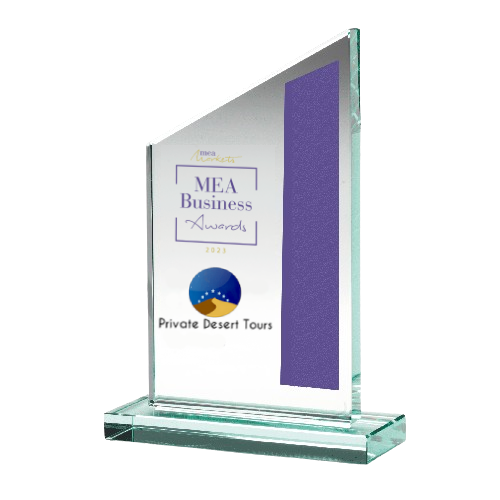Morocco Travel Guide: Unveiling the Magic of the Kingdom

Morocco Travel Guide: Unveiling the Magic of the Kingdom
Discover the wonders of Morocco
A vibrant, captivating destination, Morocco offers a mesmerizing mix of ancient cultures, stunning landscapes, and bustling cities. From the bustling streets of Marrakech to the serene majesty of the Sahara Desert, this enchanting kingdom has something for everyone. With our Morocco travel guide, you’ll be equipped to explore the very best of what this North African gem has to offer.
I. Getting There
Major Airports: Mohammed V International Airport (Casablanca), Marrakesh Menara Airport (Marrakech), and Fes-Saïss Airport (Fez) are the primary international gateways to Morocco.
Visa Requirements: For many nationalities, a visa is not required for stays up to 90 days. However, it is essential to check visa requirements for your specific country before traveling.
II. Best Time to Visit
Weather: The best time to visit Morocco is during spring (April to May) and fall (September to November) when temperatures are moderate and pleasant.
Events: Morocco is known for its vibrant festivals such as the Fes Festival of World Sacred Music (June), the Marrakech International Film Festival (December), and the Moussem of Tan-Tan (September).
III. Major Cities and Attractions
Marrakech: Known as the “Red City,” Marrakech is a lively, colorful metropolis famed for its bustling souks, grand palaces, and the iconic Jemaa el-Fnaa square.
Fes: The ancient city of Fes boasts a rich history, exquisite architecture, and the world’s largest car-free urban zone, the Fes el-Bali Medina.
Casablanca: A modern, cosmopolitan city, Casablanca offers a fascinating blend of old and new, with highlights such as the Hassan II Mosque and the Royal Palace of Casablanca.
Chefchaouen: This charming, blue-hued city nestled in the Rif Mountains is a must-visit for its unique atmosphere and stunning surroundings.
The Sahara Desert: No Morocco travel guide would be complete without mentioning the awe-inspiring Sahara Desert, perfect for camel treks and unforgettable sunsets.
IV. Moroccan Cuisine
Moroccan cuisine is a delightful fusion of Berber, Arab, and Mediterranean influences. Must-try dishes include:
Tagine: A slow-cooked stew made with meat, vegetables, and fragrant spices.
Couscous: Steamed semolina grains, often served with vegetables and meat.
Pastilla: A savory-sweet pastry filled with spiced meat, often pigeon, and dusted with powdered sugar and cinnamon.
Mint tea: The national drink of Morocco, sweet and refreshing, is often served with a sprig of fresh mint.
V. Practical Tips
Language: Arabic is the official language of Morocco, but French is widely spoken. English is increasingly understood in tourist areas.
Currency: The Moroccan dirham (MAD) is the official currency. ATMs are available in most cities, and credit cards are accepted in many establishments.
Safety: Morocco is generally considered safe for tourists, but it’s essential to take common-sense precautions, such as avoiding poorly lit areas at night and being aware of pickpockets in crowded areas.

With its rich history, diverse landscapes, and warm hospitality, Morocco is a destination that beckons to be explored. Our Morocco travel guide provides a comprehensive overview of the country’s highlights, ensuring a memorable and immersive experience. Whether you’re traversing the narrow alleys of the medinas or trekking across the Sahara
Contact us: in**@****************rs.com
















